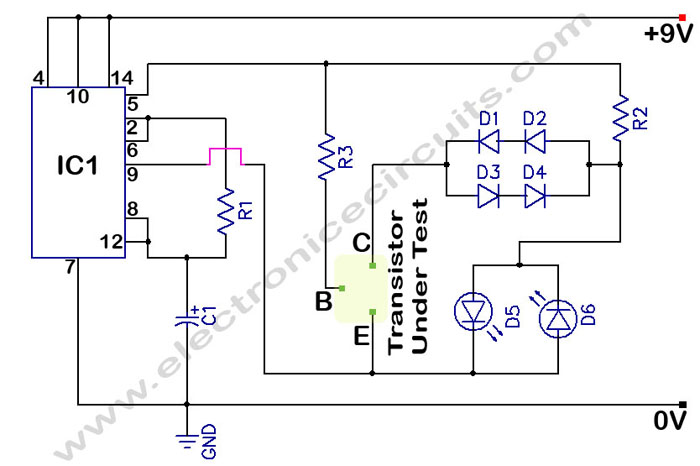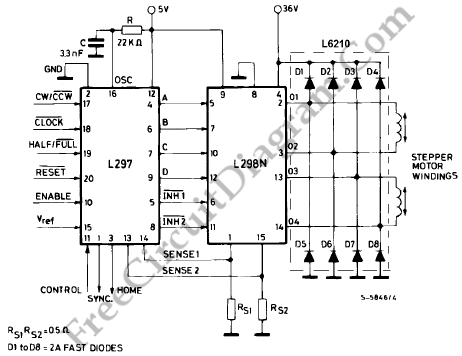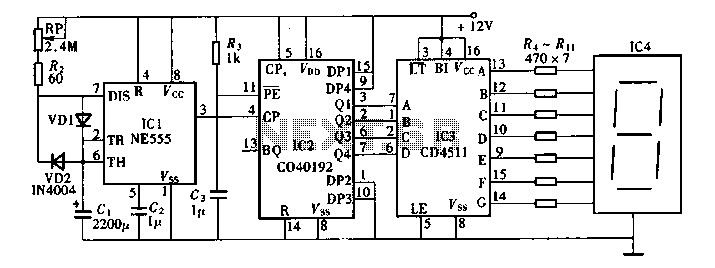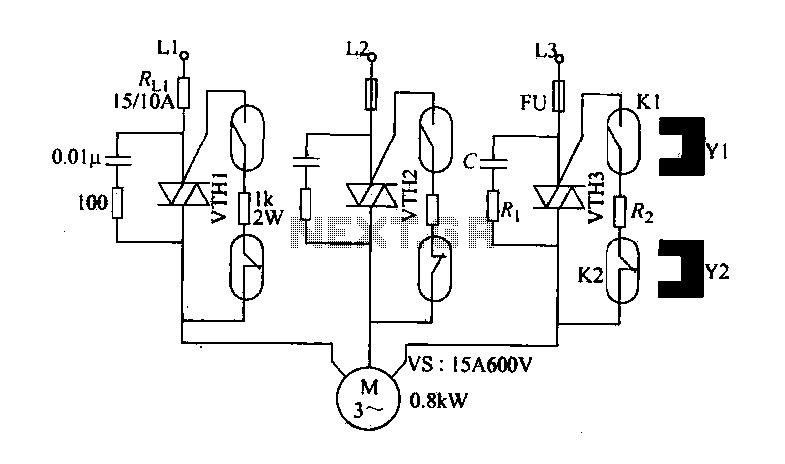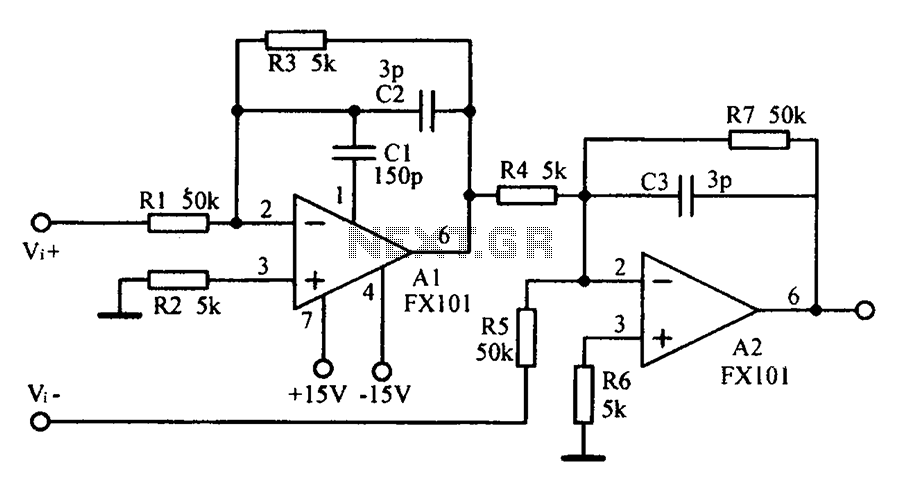
10 Band Graphic Equalizer Circuit
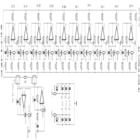
This 10-band graphic equalizer circuit utilizes a single chip, the IC TL074, to create a 5-band graphic equalizer suitable for high-fidelity audio systems. The 5-band graphic equalizer is particularly effective for radio-cassette players and car stereos. Key features include low distortion, low noise levels, a wide operating voltage range (3.5V to 16V), low power consumption (5 mA), and a wide dynamic range (SD = 2.1 Vrms/VCC = 8V). It also incorporates input and output buffer amplifiers. The TL074 chip functions as a five-point graphic equalizer, integrating all necessary components for audio processing. The circuit operates across five frequency bands: 100 Hz, 300 Hz, 1 kHz, 3 kHz, and 10 kHz.
The 5-band graphic equalizer circuit based on the TL074 operational amplifier is designed to enhance audio quality by allowing users to adjust the amplitude of specific frequency ranges. This is achieved through a series of bandpass filters, each tuned to one of the designated frequencies. The low distortion and noise characteristics of the TL074 ensure that the audio signal remains clean and clear, making it ideal for high-fidelity applications.
The circuit typically includes a series of potentiometers or sliders for each frequency band, enabling precise control over the output levels. The input buffer amplifies the incoming audio signal, ensuring that it is adequately processed by the equalizer without degradation. The output buffer serves to match the output impedance and drive the subsequent stages of the audio system, maintaining signal integrity.
The design of the equalizer allows for significant customization in audio playback, making it a valuable addition to audio systems in vehicles and home audio setups. The choice of frequency bands—100 Hz for bass, 300 Hz for low midrange, 1 kHz for midrange, 3 kHz for upper midrange, and 10 kHz for treble—covers the essential range of human hearing, facilitating a balanced sound profile.
In summary, the TL074-based 5-band graphic equalizer circuit is an effective solution for enhancing audio systems, offering low noise, low distortion, and a versatile operating range, suitable for various audio applications. The accompanying wiring diagram provides essential guidance for implementing this circuit in practical applications, ensuring optimal performance and sound quality.This 10 Band Graphic Equalizer Circuit a single chip, IC TL074 to achieve a 5-band graphic equalizer for use in systems of high fidelity audio. The 5-band graphic equalizer is true for radio-cassette player and car stereos. This unit features: low distortion, low noise, wide operating voltage range (3. 5 V to 16V), low consumption (5 mA), Wide Dyna mic Range (SD = 2. 1Vrms/VCC = 8V) and built an amplifier input and output buffer. The TL074 is a five-point graphic equalizer that has integrated all the functions necessary for a cochlear implant. The IC is the system of five sounds and control input and an output buffer amplifier. The following PDF contains detailed information on the wiring diagram for the 5-band graphic equalizer with a single IC / chip (BA3812L).
The circuit shown in the table of works about five frequency bands: 100 Hz, 300 Hz, 1 kHz, 3 kHz, 10 kHz. 🔗 External reference
The 5-band graphic equalizer circuit based on the TL074 operational amplifier is designed to enhance audio quality by allowing users to adjust the amplitude of specific frequency ranges. This is achieved through a series of bandpass filters, each tuned to one of the designated frequencies. The low distortion and noise characteristics of the TL074 ensure that the audio signal remains clean and clear, making it ideal for high-fidelity applications.
The circuit typically includes a series of potentiometers or sliders for each frequency band, enabling precise control over the output levels. The input buffer amplifies the incoming audio signal, ensuring that it is adequately processed by the equalizer without degradation. The output buffer serves to match the output impedance and drive the subsequent stages of the audio system, maintaining signal integrity.
The design of the equalizer allows for significant customization in audio playback, making it a valuable addition to audio systems in vehicles and home audio setups. The choice of frequency bands—100 Hz for bass, 300 Hz for low midrange, 1 kHz for midrange, 3 kHz for upper midrange, and 10 kHz for treble—covers the essential range of human hearing, facilitating a balanced sound profile.
In summary, the TL074-based 5-band graphic equalizer circuit is an effective solution for enhancing audio systems, offering low noise, low distortion, and a versatile operating range, suitable for various audio applications. The accompanying wiring diagram provides essential guidance for implementing this circuit in practical applications, ensuring optimal performance and sound quality.This 10 Band Graphic Equalizer Circuit a single chip, IC TL074 to achieve a 5-band graphic equalizer for use in systems of high fidelity audio. The 5-band graphic equalizer is true for radio-cassette player and car stereos. This unit features: low distortion, low noise, wide operating voltage range (3. 5 V to 16V), low consumption (5 mA), Wide Dyna mic Range (SD = 2. 1Vrms/VCC = 8V) and built an amplifier input and output buffer. The TL074 is a five-point graphic equalizer that has integrated all the functions necessary for a cochlear implant. The IC is the system of five sounds and control input and an output buffer amplifier. The following PDF contains detailed information on the wiring diagram for the 5-band graphic equalizer with a single IC / chip (BA3812L).
The circuit shown in the table of works about five frequency bands: 100 Hz, 300 Hz, 1 kHz, 3 kHz, 10 kHz. 🔗 External reference
